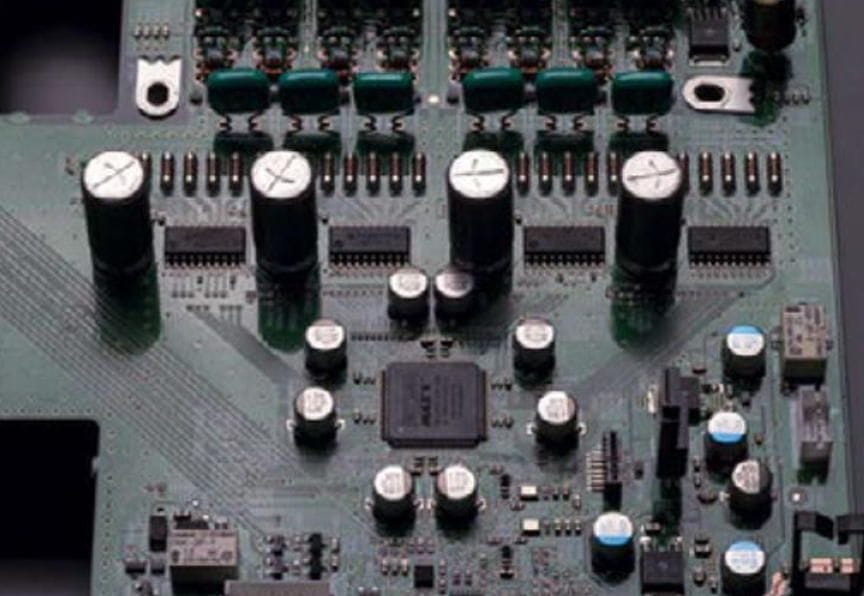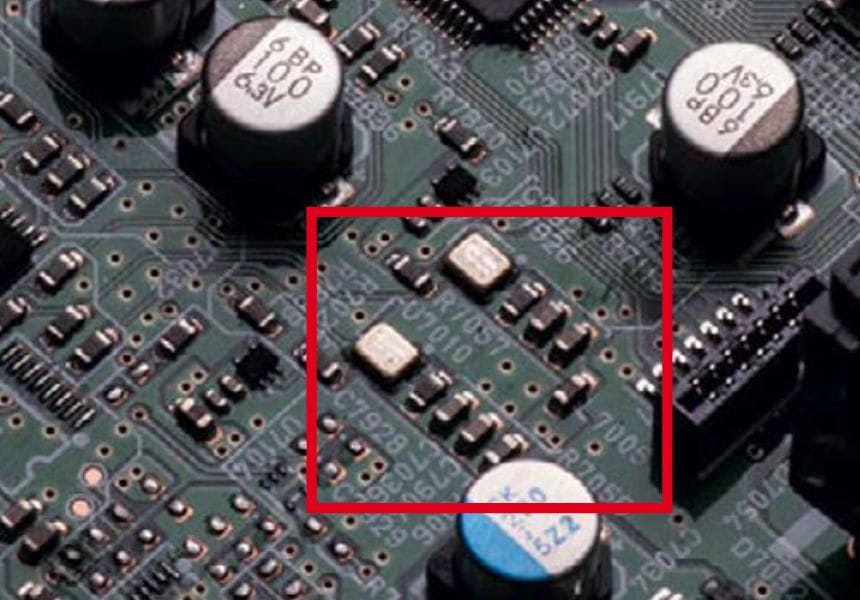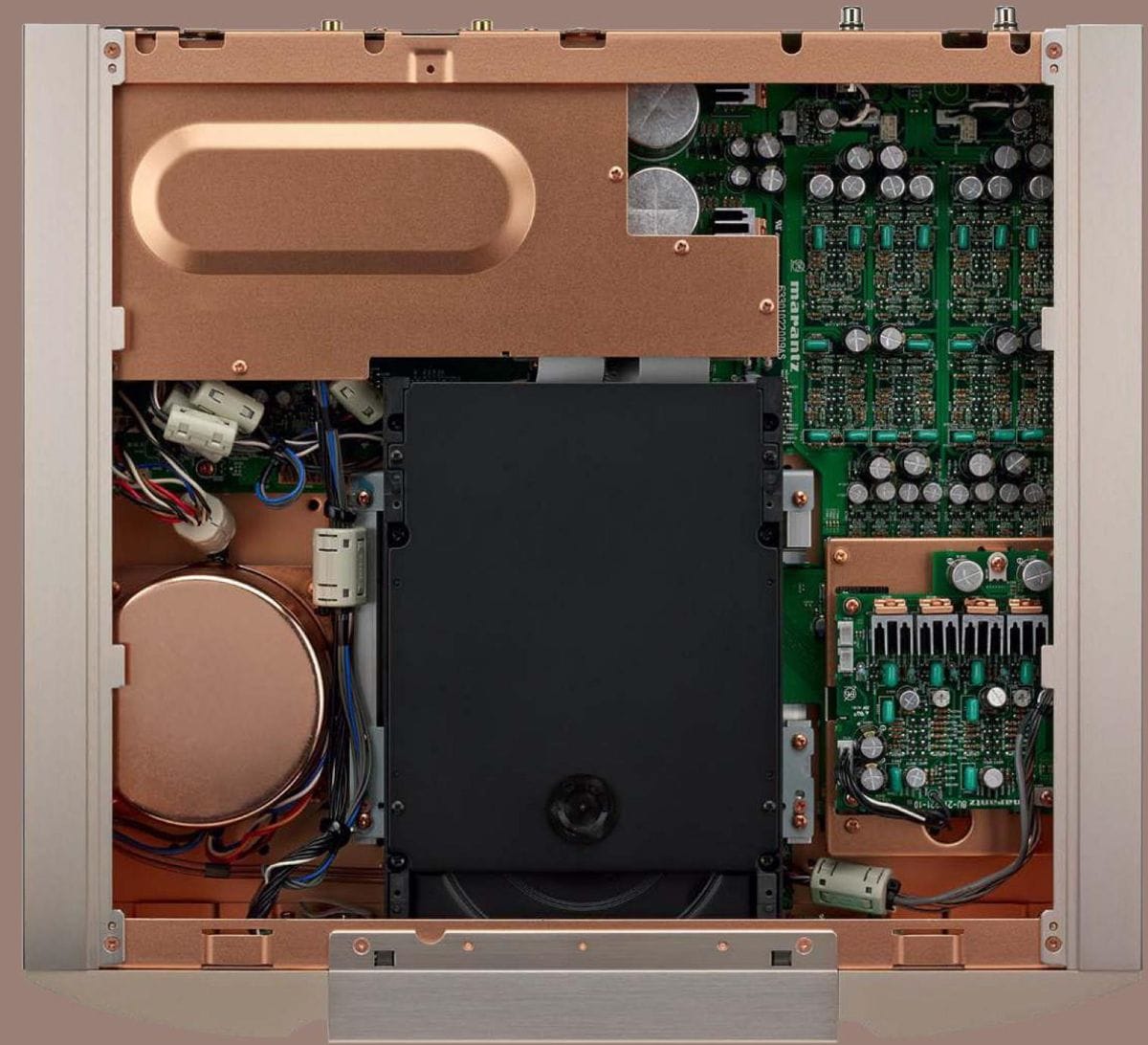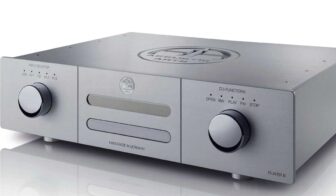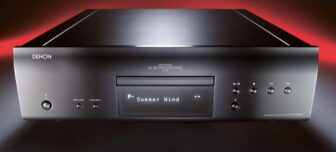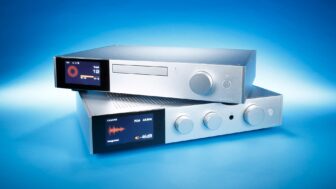Marantz SA-10 Review
The SA-10 aims to be the best Marantz CD/SACD player of all time. Included: digital inputs, including USB. All the more surprising that there’s no D/A converter inside…
Alexander Rose
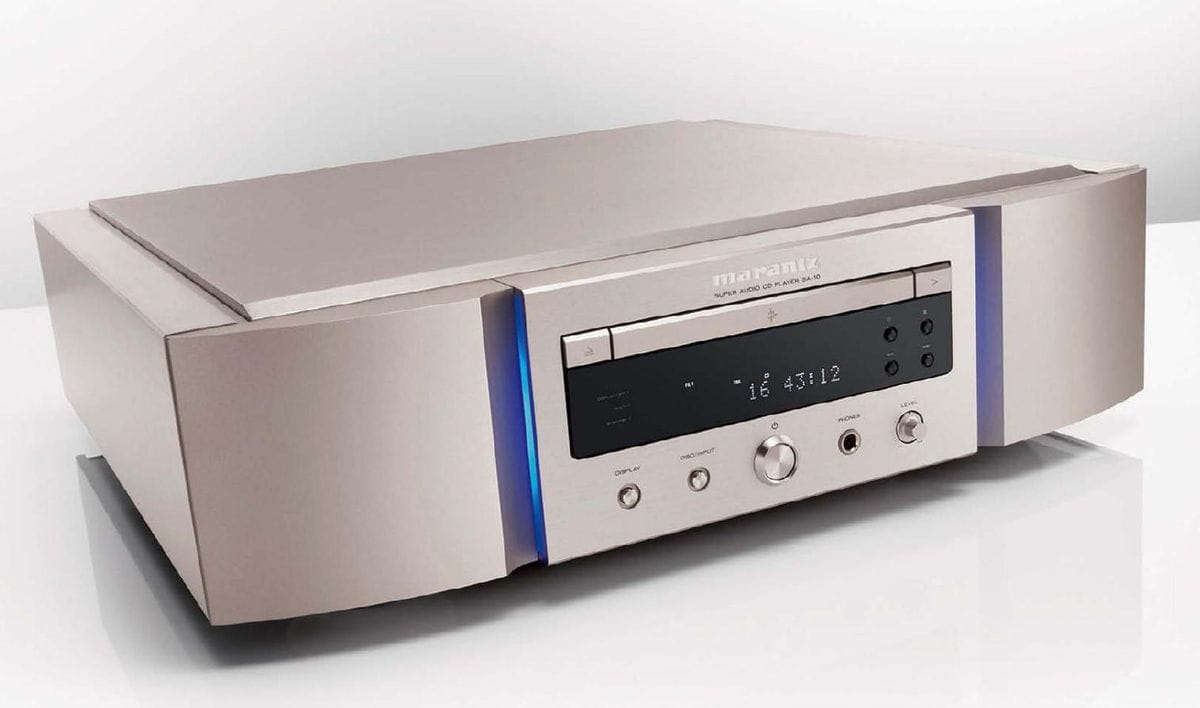
It doesn’t always have to be complicated. There are still high-end devices that don’t only function when the network cable forms the umbilical cord to the world of music. The Marantz SA-10 is refreshingly “simple”: It plays CDs and SACDs and makes its “converter section”—a technically interesting solution called Marantz Music Mastering—available to other sources via USB-A and USB-B as well as optical and coaxial inputs. What’s missing is a D/A converter. How that works is revealed by a look at the MMM technology.
“DSD is Analog”
The DSD format is a fascinating thing. In the “simplest” variant, the analog signal is sampled at 2.8 MHz, so one (analog) second is divided into 2.8 million (digital) parts. With quadruple DSD resolution (DSD256) at a sampling rate of 11.2 MHz, it’s already 11.2 million parts. No wonder DSD files require a lot of storage space… All signals that reach the SA-10 are upsampled to exactly this quadruple DSD resolution. Of course, a CD signal according to Redbook standard (44.1 kHz) doesn’t have more information afterward, but upsampling is essential for further signal processing.
It is still debated whether DSD is sonically superior to PCM. Blind tests under scientific conditions have not yet crowned a clear winner. Many high-res fans and also the people responsible at Marantz swear by the 1-bit format.
The format has an advantage that Marantz takes advantage of here: The high sampling rate means that on a digital level, you get so close to an analog signal that Marantz says not without reason: DSD is analog. The consequence: dispensing with a final analog conversion. Instead, the signal only passes through a low-pass filter and is then available at the analog outputs (see box).
You can also tell that the SA-10 is the new flagship in numerous other areas: For example, they built a new, proprietary disc transport specifically for the SACD player. This is called SACD-M3 and, in addition to CDs and SACDs, also plays high-res files stored on DVD-ROMs.
Different from Cost-Cutting Measures
The device contains copper in several crucial places. For example, the shielding plate of the digital board is coated with copper, the toroidal transformer also sits under a copper cover, the RCA sockets are made of nickel-plated copper, and even the brackets of the capacitors have been changed to copper after long listening comparisons—they were previously made of brass. As if that weren’t enough, the double-walled housing also has a copper coating. Any kind of interference is thus to be prevented. It also fits that the aluminum plates that make up the housing are non-magnetic and quite thick.
Operation
So much attention to detail is also reflected in the operation. In addition to two filters (one offers slow, the other fast roll-off), dither (the addition of a synthetic noise signal intended to reduce artifacts and quantization noise) and noise shaping (the shifting of quantization noise out of the audible frequency spectrum) can be adjusted in three or four stages respectively.
The gain of the headphone amplifier is also adjustable, in three stages. Even headphones with low sound levels can thus be operated on the SA-10 without loss of volume. The high-quality, discrete headphone amplifier works with a Marantz specialty, an HDAM (Hyper Dynamic Amplifier Module). One of these is also located in the analog output stage.
Not for Those in a Hurry
Via the USB-A input on the back, the SA-10 can play music from USB sticks. However, the loading time is quite long. The tray also takes its time, at least when switching sources: If you’re listening to music via USB and open the tray, it takes a good ten seconds for it to open. On the other hand, the setup on a Windows 10 PC went very easily and smoothly.
The Gentleman
Finally, in the listening room, the Marantz SA-10 quickly made one thing clear: It has an unmistakable character. It’s certainly not wrong to call it a gentleman. You can also call it musical, and of course; both are true, both have a tradition in the Marantz sound cosmos. But that’s not all. The SA-10 simply always plays pleasantly, with a slight nobility. How it, for example, blasted Pat Metheny’s synth guitar in “Song For Bilbao” from the Michael Brecker album “Tales From The Hudson” into the listening room without the instrument getting on your nerves—regardless of volume, mind you—was a very impressive performance. How does it do that?
First, two things are noticeable: With other, especially cheaper players, a slight noise remains audible in many recordings. This is not the case with the Marantz, which removes stress from the music. Secondly, the Marantz sheds any roughness. The music sounds completely clean without losing transparency and resolution. It remains “analog” in the best sense and has a slight tendency toward the lush. At the same time—and this makes the SA-10 as universal as you want a device to be—everything is there: The music is not deprived of any information or details.
Everything flows, everything sounds harmonious and rounded. One could accuse the SA-10 of not being about sheer attack. But when a device generates such an incredible pull effect with Magnus Öström’s “Dancing At The Dutchtreat,” that doesn’t really matter. A sound to fall in love with!
Marantz Music Mastering
Marantz Music Mastering, a melodious name that describes two steps. First, incoming signals are upsampled to DSD256 in the MMM stream. Depending on the sampling frequency of the original signal, one of two clocks (photo right) is used: Multiples of 44.1 kHz (88.2 kHz, 176.4 kHz, 352.8 kHz) are upsampled to 11.3 MHz, multiples of 48 kHz (96 kHz, 192 kHz, 384 kHz) to 12.3 MHz. The oversampling factor is thus 256, 128, 64, or 32. The advantage: In this way, no sample rate conversion is necessary. According to the motto “DSD is analog,” the high resolution is intended to come as close as possible to an analog signal. In the second step, called Conversion, a low-pass filter ensures that the signal course is regenerated from the density information of the 1-bit signal. The low-pass is therefore also referred to as a reconstruction filter. A classic D/A conversion actually does not take place here. The MMM process is used with CDs as well as all external sources.
